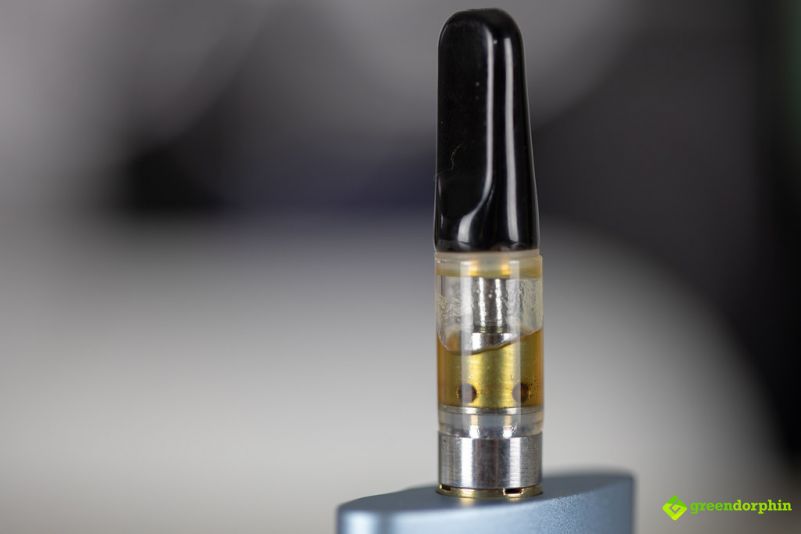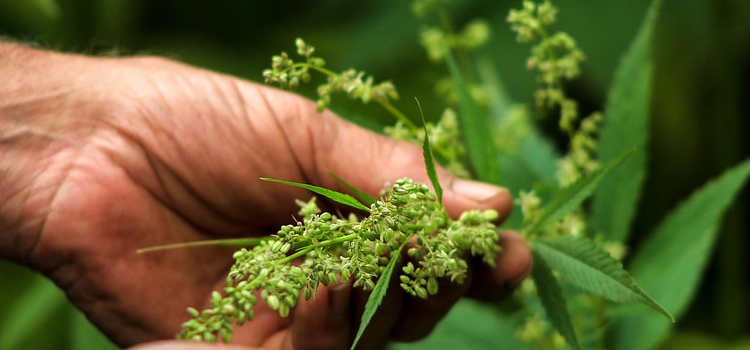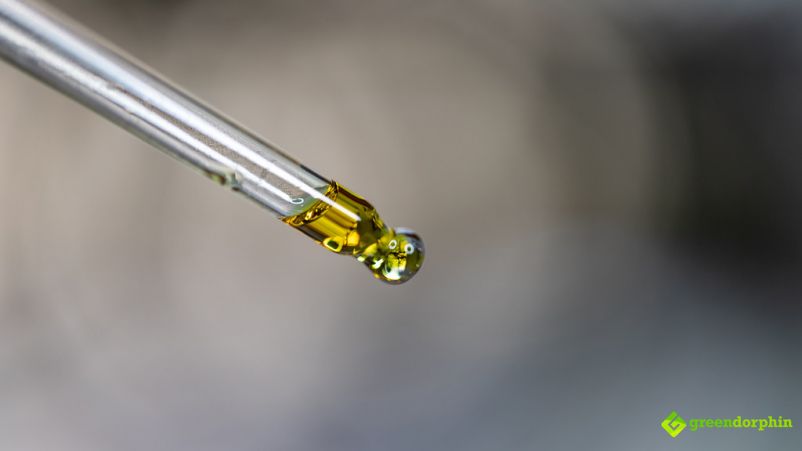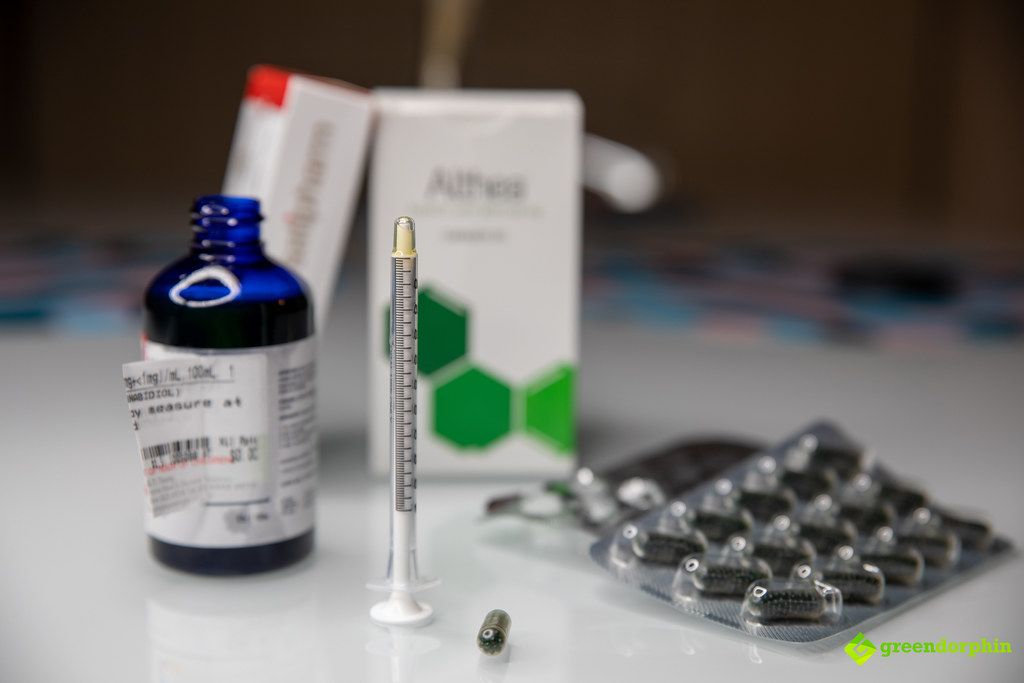Hemp oil with the active ingredient Cannabidiol, or CBD for short, is now being heavily researched for a variety of health and wellness benefits.
Because CBD hemp oil that meets federal manufacturing guidelines is now available for over-the-counter sale in most areas. Many people are choosing to take it to help ease medical symptoms or promote personal wellness.
If this describes you, you might quite legitimately be wondering how much hemp oil you need to experience these benefits. Should you take a little or a lot? Should you take a different dosage for one health issue versus another?
In this article, learn about general guidelines for dosing XO Hemp oil as a beginner.
The Way You Take Hemp Oil Will Impact Dosage
The first thing to know as a beginner who is just learning how to take hemp oil is this: there are lots of different ways you can take CBD.
Here are some of the most common and popular ways that people take hemp oil:
- Edibles: candy, gum, water, baked goods, cooking oils, sprays, powders, paste.
- Smoke/Vape: eliquids or cartridges, crystals, wax.
- Topical: patches, lotions or creams, personal care products, tinctures and oils.
- Oral: capsules, tinctures, essential oils.
Some delivery methods are much quicker to take effect than others on a whole-body effect, which can be important for systemic health issues such as anxiety or fibromyalgia pain. Vaping or smoking will have an immediate whole-body effect, as will oral ingestion.

Topicals, in contrast, will take effect in the area applied. So if you have pain in a specific joint and want the benefits of CBD hemp oil to ease pain that area, a topical is the best choice.
Edibles are the best choice for anyone who wants a slower delivery method that is more like a timed-release. Since the CBD hemp oil is contained inside food or candy and will pass through the digestive system before being disbursed. This is also an ideal method for stomach health issues for the same reason.
The Type of Hemp Oil You Take Will Impact Dosage
Another factor that can change the dosage of hemp oil is the type you choose to take.
There are three main types of hemp oil.
Full Spectrum
Another name for full spectrum hemp oil is “whole plant oil”. Full spectrum hemp oil includes all natural components of the hemp plant from which the CBD product was derived. Nothing is removed.
This type of CBD hemp oil may contain slightly higher concentrations of THC, the psychoactive compound found in marijuana. However, in order for CBD hemp oil to be sold legally over the counter, the concentration of THC must be 0.3 percent or lower.
Broad Spectrum
Broad spectrum hemp oil is the same as full spectrum but without the THC. This is the best choice for anyone who has a known sensitivity to THC or who has to take pre-employment drug tests or random drug tests for ongoing employment purposes.

Isolate
Hemp oil isolate is made up of CBD only. The cannabidiol is extracted from the rest of the hemp plant in its pure form. As with broad spectrum hemp oil, isolate is a better choice for anyone who faces pre-employment or ongoing random employment drug testing.
The type you choose to take is often simply a matter of personal preference or employment necessity. All three types offer the benefit of the active ingredient CBD, but some are simply more concentrated than others.
How Much Hemp Oil Should You Start Out With?
As a general rule of thumb, it is important to read the manufacturer dosing instructions carefully before starting to take your first dose of hemp oil. Typically, the dosing instructions will be based on a general adult profile and will offer a range from low to high.
For example, a tincture might state “take three to five drops in water”, With three drops being the low starting dose and five drops being the high starting dose.
Until you know for sure how your body reacts, always start at the lowest manufacturer-recommended dosage. In this case, that would be three drops.
Talking with your healthcare provider is a smart move if you still feel unsure. If you are taking any ongoing medications for the management of a health condition, always talk with your doctor before adding CBD hemp oil to your health and wellness regimen.
This is vital for your safety to avoid any potential medication interactions.
Hemp Oil Dosing Guidance for Different Health Issues
Here are some different general dosing guidelines you can use as a place to start when trying hemp oil for the first time.
Chronic Pain
The Journal of Therapeutics and Clinical Risk Management suggests taking between 2.5 mg and 20 mg of CBD orally for the management of chronic ongoing pain.

Sleep Issues
Pharmaceuticals Journal suggests taking between 40 mg and 160 mg of CBD orally to resolve ongoing sleep issues.
Mood Disorders
The Depression Alliance recommends taking between 20 and 50 mg of CBD for depression and between 10 mg and 50 mg of CBD for anxiety.
Pain and Inflammation
The Depression Alliance suggests taking between 20 mg and 100 mg for mild to serious pain and inflammation, whether chronic or acute.
CBD has also been studied for use in alleviating symptoms of cancer, epilepsy, multiple sclerosis (MS), schizophrenia, osteoarthritis, fibromyalgia and a number of other serious health issues.
It is always best to talk with your doctor about starting dose and potential drug interactions when taking CBD hemp oil for serious health conditions.
Hemp oil has few concerning side effects, but you may temporarily experience dry mouth, drowsiness, low blood pressure or lightheadedness.
Starting with the lowest recommended dose can help to alleviate any temporary side effects, as can taking your first dose in the evening when you don’t have to worry about driving.
Once you know how your body responds, you can adjust the dosage of hemp oil until you get the desired results.
- Bomb Pro Electric Dab Rig Review - April 19, 2024
- How to Use Waxmaid Honey Pen? - April 9, 2024
- How To Choose The Best Electric Dab Rig For Christmas - December 7, 2023


